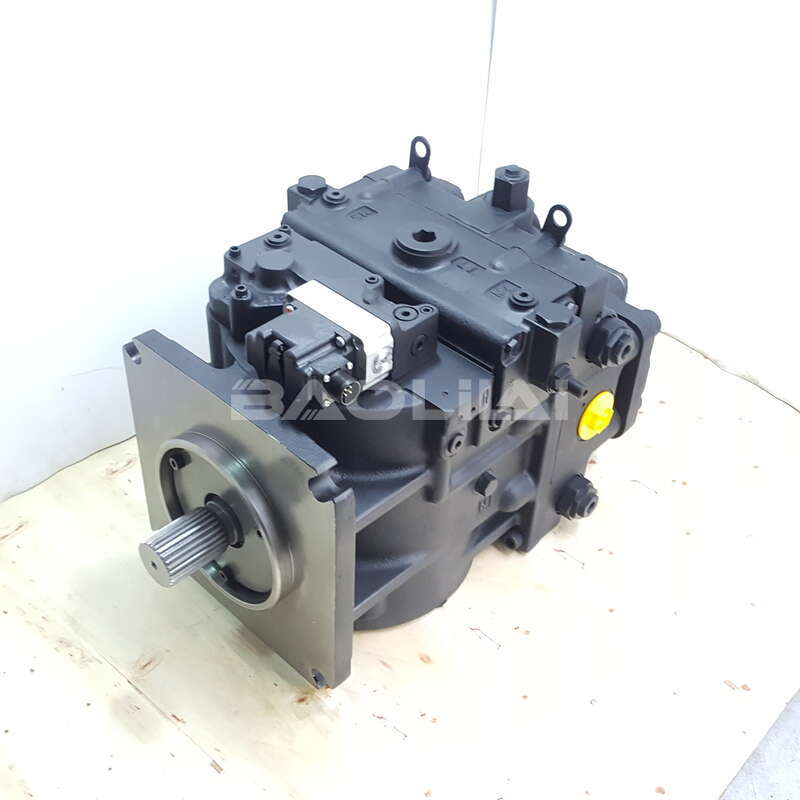90L180HS5NN80TMF1J05FAC353524 piston pump
90L180HS5NN80TMF1J05FAC353524 piston pump

- Product Details
- Applicable Scene
Hydraulic systems play a crucial role in various industrial applications, providing the necessary force for the movement of machinery and components. One of the most significant challenges faced in these systems is ensuring optimal flow, particularly when dealing with low-viscosity fluids. In this article, we will explore key strategies to address hydraulic pump flow issues in circuits utilizing low-viscosity fluids.
90L180-HS-5-NN-80-T-M-F1-J-05-FAC-35-35-24
90L180HS5NN80TMF1J05FAC353524
Understanding Low-Viscosity Fluids

83001428
Low-viscosity fluids, such as water or light hydraulic oils, flow more easily than their high-viscosity counterparts. While this property can enhance performance in many cases, it can also lead to several issues in hydraulic systems, including cavitation, excessive flow velocity, and component wear. Recognizing the unique challenges posed by low-viscosity fluids is essential for maintaining system efficiency and longevity.
Identifying Flow Issues
The first step in resolving flow issues is to accurately identify the problem. Common symptoms include:
Increased Noise Levels: Unusual sounds from the pump may indicate turbulence or cavitation.
Pressure Fluctuations: Erratic pressure readings can be a sign of flow instability.
Reduced System Performance: If machinery operates sluggishly or inconsistently, it may be due to inadequate flow.
Troubleshooting Flow Issues
After identifying the flow problems, the following strategies can be implemented to troubleshoot and solve them:
Pump Selection: Choose pumps specifically designed for low-viscosity fluids. Gear pumps, for instance, can provide consistent flow under varying conditions, while axial piston pumps are better for higher pressures and variable flows.
Optimize System Design: Ensure that the hydraulic circuit is designed to minimize flow restrictions. Reduce bends and sharp turns in piping, and use larger diameter hoses to decrease friction losses.





